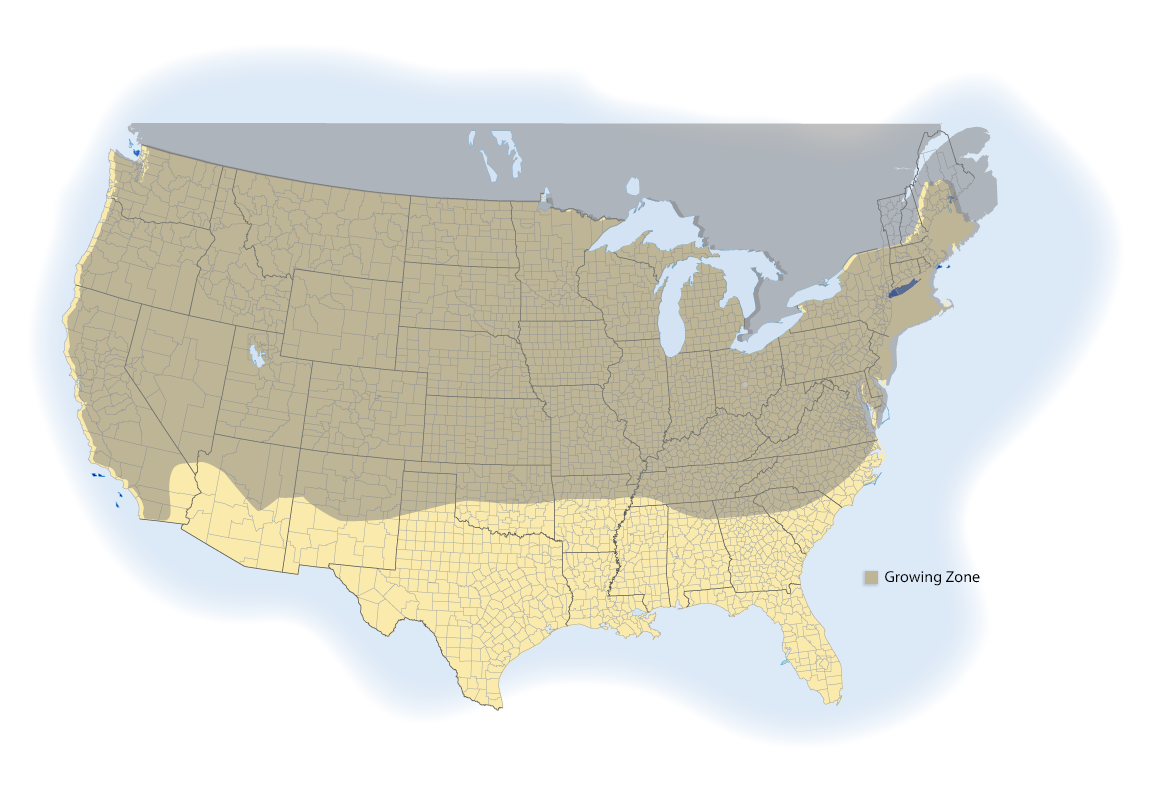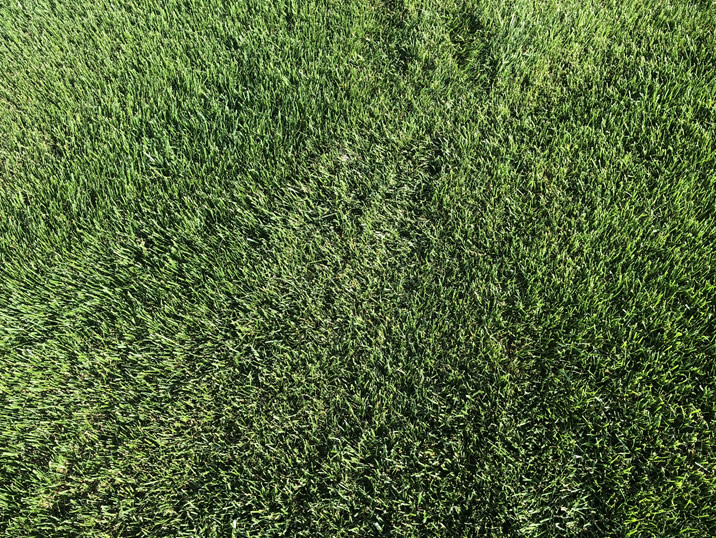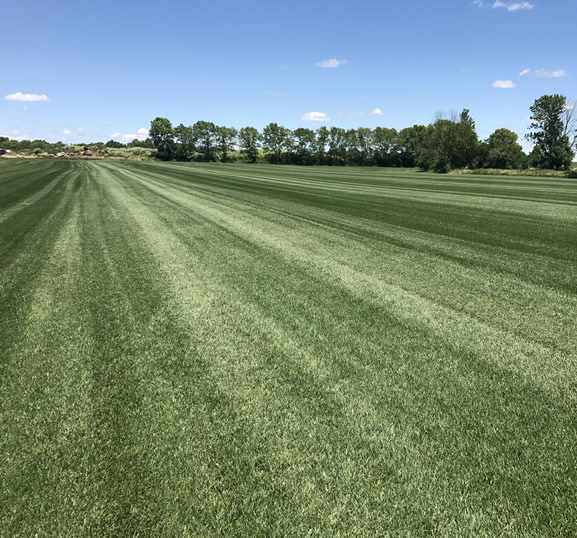Henderson Turf Tall Fescue Sod
Henderson Turf Tall Fescue is an adaptable sod/turfgrass designed for all-around living. If you are looking for a superior turf that can handle regular use, resist drought, and disease, then Henderson Turf sod is your ideal choice. Fescue beautifies your landscape while providing a natural environment that’s child and pet friendly. Fescue’s texture and fast germination make it an excellent choice for front or backyard applications.
Tall Fescue grass is a cool-season grass that grows strongly in the fall and spring, slowing down in warm summer months. Henderson Turf Tall Fescue sod is ideal for fine residential lawns, large corporate and commercial areas, medians and roadsides, and parks. Regionally, Henderson Turf Tall Fescue sod is perfect for turfgrass needs throughout Ohio, Kentucky, and Indiana.

- Home, Commercial, Golf, Sports
- Blade-width: 5-7mm
- Feel: Very Soft
- Soils: Sandy, Clay
- Growth: Rhizomes, stolons
- Color: Blue-Green
- Fall Color Retention: Very Good
- Spring Green Up: Average
- Mower: Standard Rotary, Reel
- Height: 1-2″
- Weed Control: Very Good
- Insect Resistance: Excellent
- Disease Resistance: Very Good
- Wear: Very Good
- Injury Recovery: Very Good
- Shade: Good
- Drought: Very Good
Sod Care
WATERING: It takes less water to maintain a wet lawn than it does if it has dried out. Since you cannot overwater a new lawn, we recommend watering approximately 1 inch of water every day over the entire lawn. To gauge the amount of water, place an empty can about six feet away from the sprinkler.
The best time to water your lawn is between 6 AM and 10 AM, but you can water anytime for the first several weeks. Reflected heat along buildings dries sod quickly, so be sure to water such areas more often.
After two weeks, it is recommended to begin weaning your lawn of everyday waterings. Keep it well watered after that, however.
SOD USE: Use your newly sodded lawn sparingly until good root establishment has taken place—two to three weeks. To avoid unevenness or gaps, avoid concentrated play activities, dog traffic or similar rough usage until four weeks have passed. There are no restrictions on visually enjoying your new lawn!
MOWING: Newly sodded lawns should be mowed as soon as they begin to take root. This is easily tested by lightly pulling on several pieces of sod throughout your yard.
Follow these guidelines: In spring, cut from two to 2.5 inches tall. In summer, cut from three to 3.5 inches tall. In the fall, cut from two to 2.5 inches tall. When determining height, measure from the ground up. In the summer, always water after mowing. Never cut more than s third of the total height of the existing grass blades. Always keep your mower blades sharpened.
FERTILIZING AND WEED CONTROL: After the second mowing, starter fertilizer with a high nitrogen content and quick release should be applied. Remember to water immediately after fertilizing. Should dormant weed seeds germinate, apply a weed and feed. Weed and feed should be applied in the morning before the dew has evaporated and shouldn’t be watered for 24 hours. After the lawn has become established, we recommend a complete lawn care program throughout the year. Consult a professional lawn care service if needed.
SPECIAL CONDITIONS: Many times, especially during the summer months, sod will dry out so quickly that it turns greenish-gray cast and then turns slightly brown even though it has been watered sufficiently at the time of installation. This does not mean it’s dead! It is, however, under severe stress and should be nurtured back to health with immediate watering. If the crown of the sod has turned completely brown, then it may be past the point of no return. Gaps between the pieces of sod are usually caused by the sod shrinking due to lack of water. We recommend heavy watering and power rolling the sod if gaps are present.




